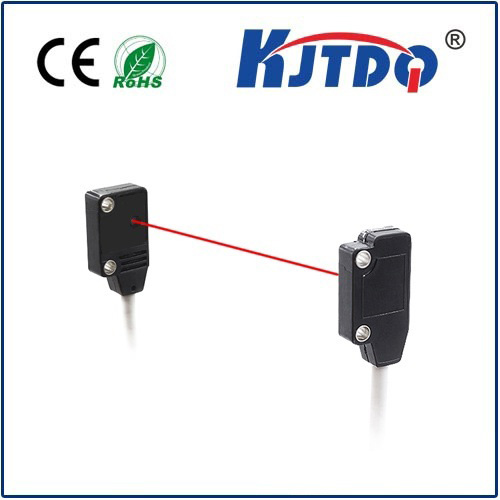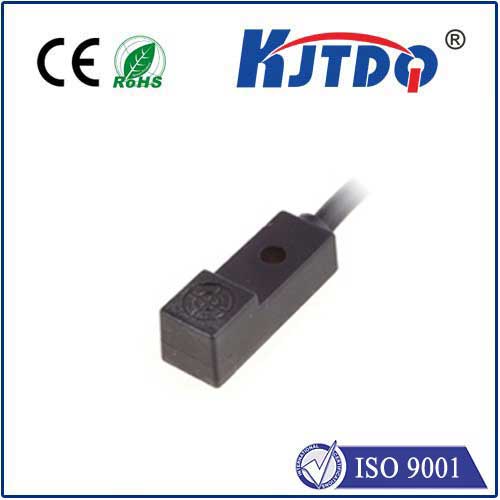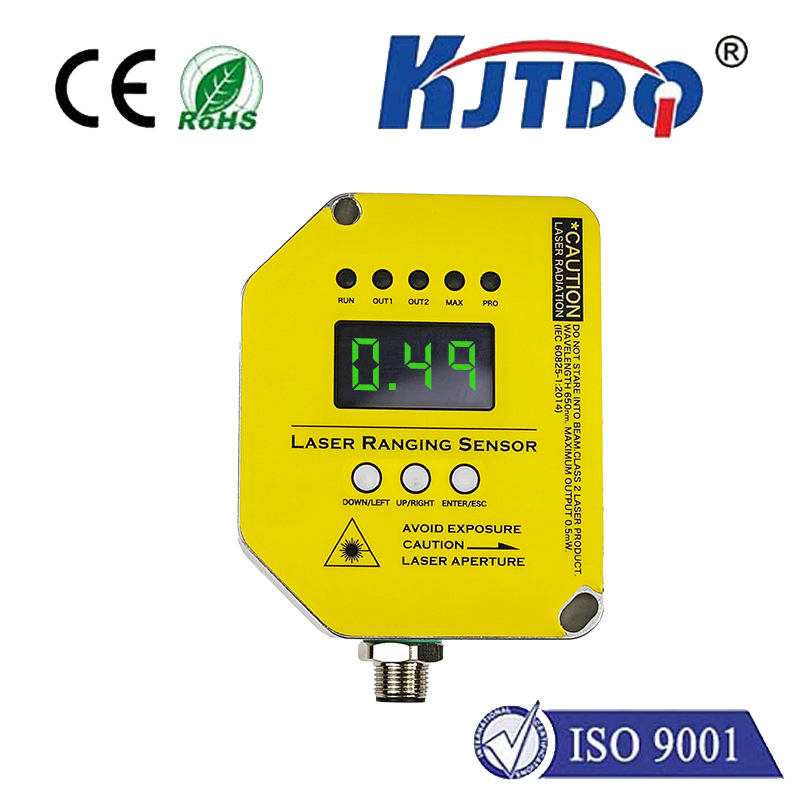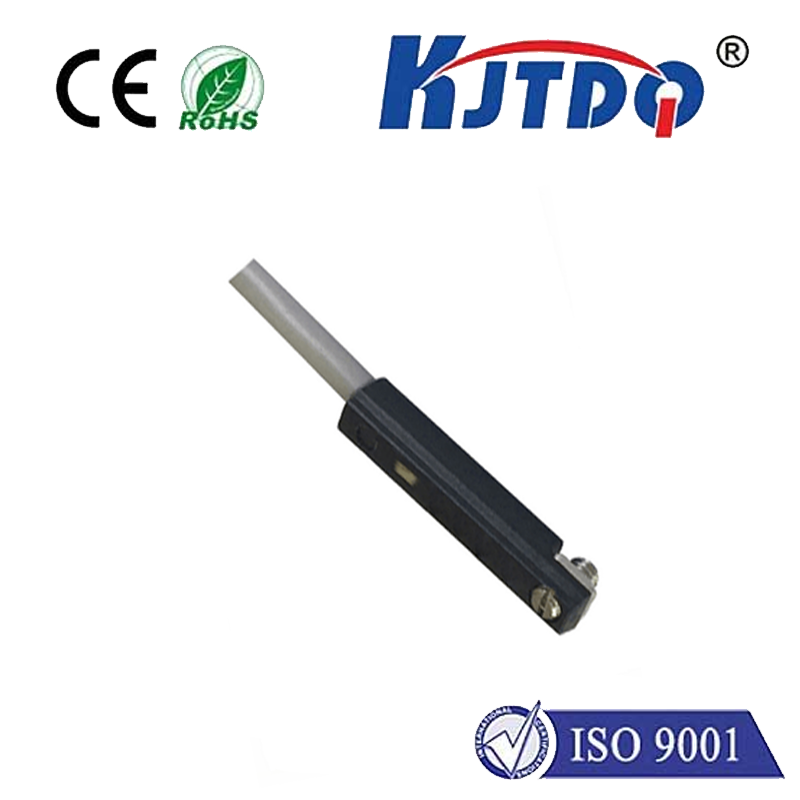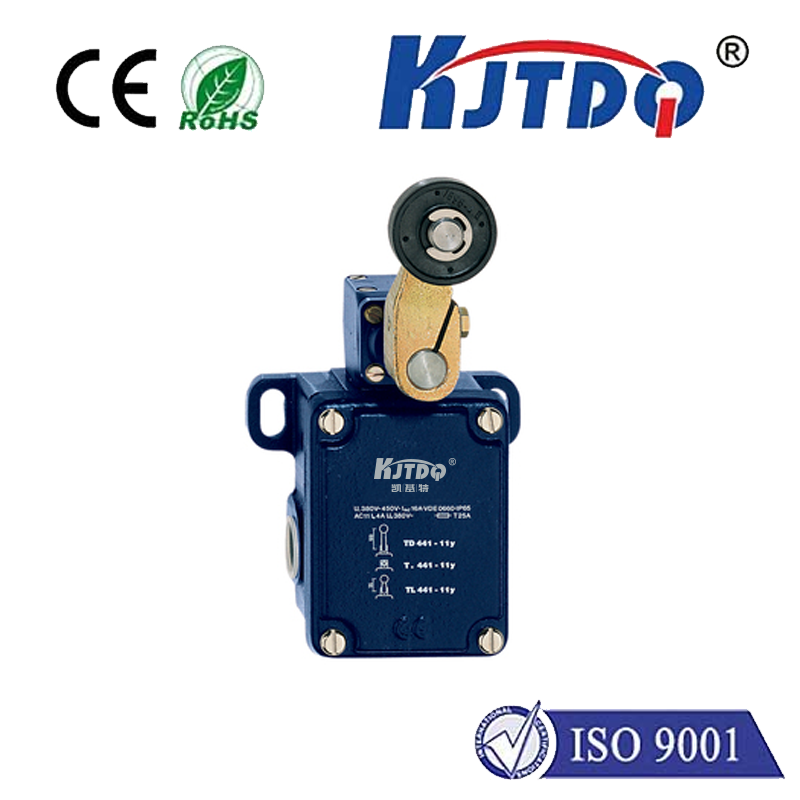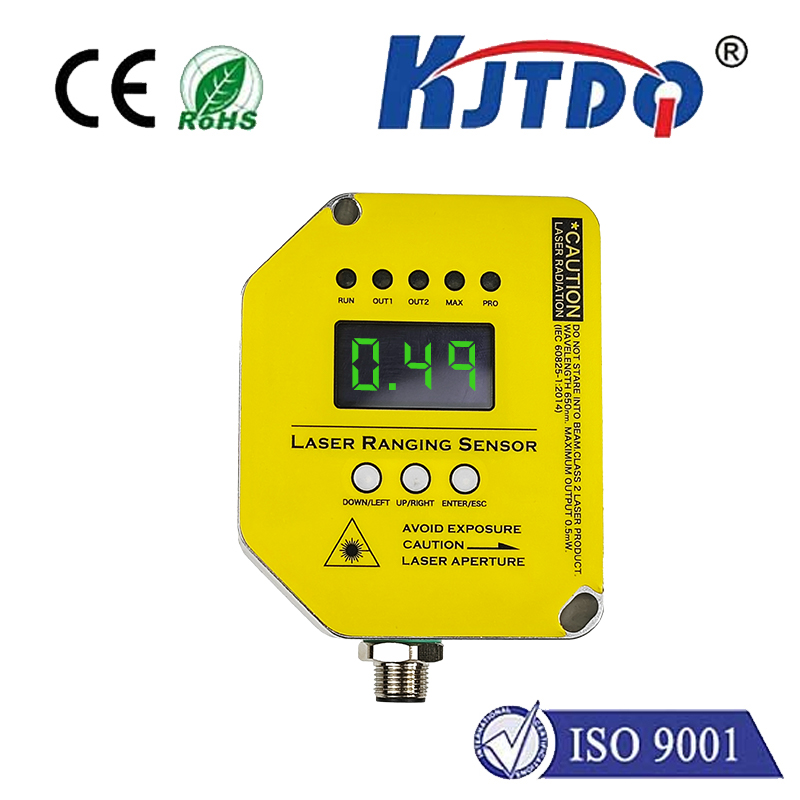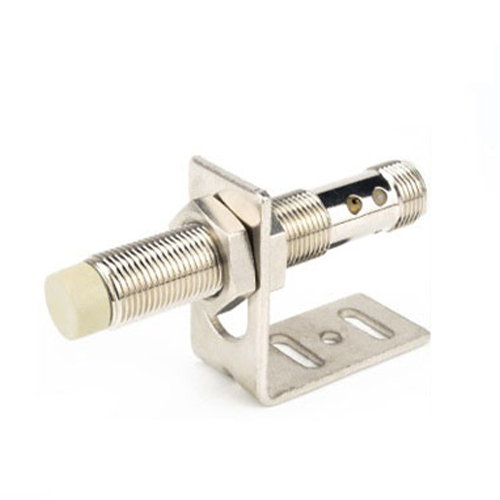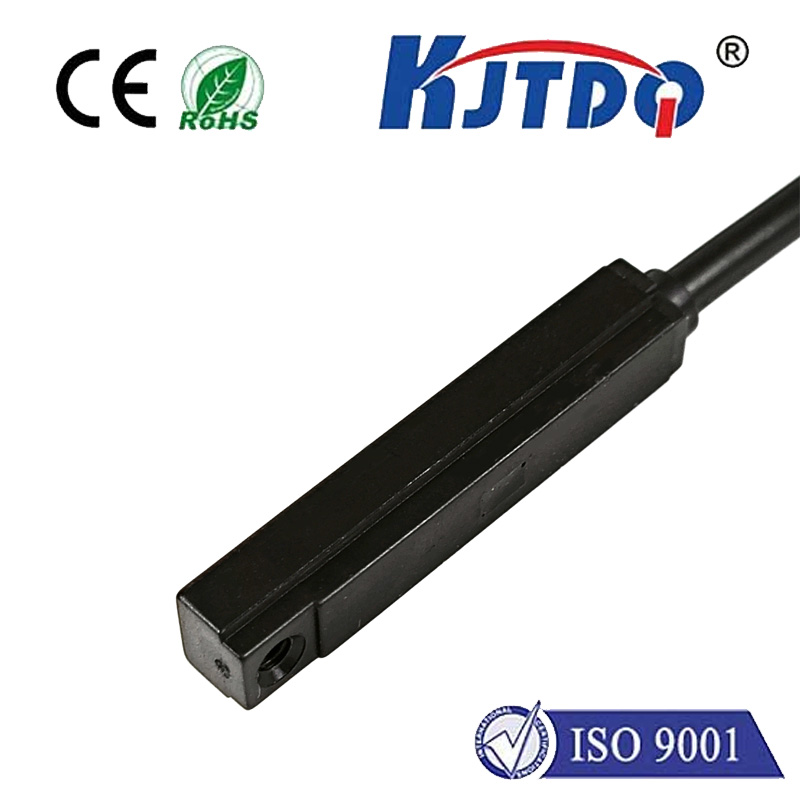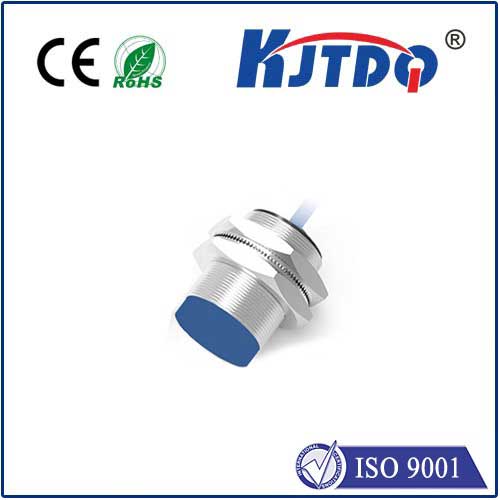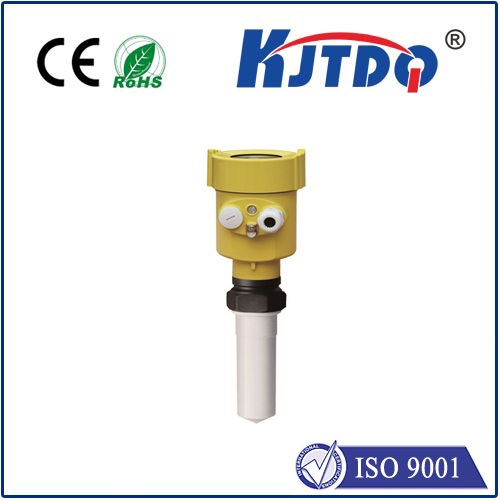two-wire photoelectric beam sensor
- time:2025-09-11 02:33:09
- Click:0
Two-Wire Photoelectric Beam Sensors: The Power of Simplicity in Detection
Imagine needing to detect objects, people, or vehicles reliably over distances ranging from a few meters up to several hundred feet. Now, imagine doing this with minimal wiring complexity, saving significant installation time and cost. This isn’t just convenient; it’s often critical in modern industrial automation, security, and safety applications. Enter the two-wire photoelectric beam sensor – a marvel of streamlined design offering robust performance without the hassle. Understanding its operation and advantages reveals why it’s a go-to solution across countless sectors.
Photoelectric sensors, in their essence, work by projecting a beam of light (usually infrared for immunity to ambient light) towards a receiver. When an object interrupts this beam, the receiver detects the loss of light and triggers an output signal. Traditionally, many industrial sensors required three or four wires: separate lines for power supply, output signal (potentially both normally open and normally closed), and sometimes a ground wire. This added complexity in panel design, cable routing, and installation labor.
This is where the two-wire photoelectric beam sensor revolutionizes the approach. As the name implies, it requires only two wires for both powering the device and transmitting its signal. It achieves this efficiency by cleverly using the same pair of wires to:
- Receive operating power (typically 12-24V DC, sometimes up to 240V AC/DC).
- Transmit the output status by modulating the current flowing through the loop.
There are generally two distinct wiring methods for two-wire sensors:
- Two-Wire Normally Open (NO): The sensor itself acts like a switch in series with the load (e.g., a PLC input, relay coil, warning light). When the beam is clear, the sensor draws a small “quiescent” current, but the switch is effectively “open,” preventing significant current from flowing to the load. When the beam is interrupted, the sensor’s internal switch closes, completing the circuit and allowing sufficient current to flow, thereby activating the load and signaling detection.
- Two-Wire Normally Closed (NC): Conversely, this type acts like a switch that is normally closed, allowing current to flow and the load to be active when the beam is clear. Interruption breaks the circuit, deactivating the load.
The Core Advantage: Streamlined Integration

The primary benefit driving the adoption of two-wire photoelectric beam sensors is undeniably simplified installation and reduced cost:
- Less Wiring: Halving the number of wires compared to traditional three-wire sensors drastically reduces material costs (cables, conduits, terminals).
- Faster Installation: Technicians spend significantly less time pulling and terminating wires, accelerating project timelines.
- Smaller Control Panels: Fewer wires entering a panel mean less clutter, smaller enclosures, and easier troubleshooting.
- Direct Compatibility: They integrate directly with most standard PLC digital inputs designed for two-wire proximity switches or similar devices, requiring minimal configuration.
Beam Sensors: Distance and Reliability
Two-wire photoelectric sensors come in various configurations (diffuse, retro-reflective, thru-beam). Beam sensors specifically refer to the thru-beam (or through-beam) type. This configuration comprises two distinct units: a transmitter emitting the light beam and a separate receiver positioned directly opposite. The object detection occurs when the object physically blocks the beam path between them.
Thru-beam sensors offer distinct advantages:
- Longest Sensing Ranges: Capable of detecting objects reliably over distances far exceeding other photoelectric modes – often 10 meters, 30 meters, 50 meters, or even exceeding 100 meters with specialized models. This makes them ideal for large openings, vehicle detection on roads or in warehouses, and monitoring extensive conveyor lines.
- Highest Reliability & Immunity: Because the receiver only needs to detect the presence or absence of the strong, directly transmitted beam, they are highly immune to factors like target color, reflectivity, surface texture, or dust/haze in the environment (within reasonable limits).
- Precise Detection: The well-defined beam path allows for precise object positioning detection.
Combining Two-Wire Simplicity with Thru-Beam Power
The two-wire photoelectric beam sensor marries the inherent strengths of the thru-beam principle – long range, high reliability – with the profound installation advantages of the two-wire system. This combination is exceptionally powerful in applications where:
- Long-distance detection is mandatory: Perimeter security fencing, large door/gate monitoring, vehicle detection on access roads, monitoring lengthy production lines.
- Installation access is challenging or expensive: Running fewer wires over long distances or in complex routing paths becomes drastically easier and cheaper.
- Cost optimization is key: Reducing material and labor costs per sensing point is crucial in large-scale deployments.
- Reliable Safety Applications: While specific safety certifications are vital, the inherent reliability of thru-beam sensors makes the two-wire versions suitable for certain presence detection applications in safety light curtains or automated gate/door safety systems when designed and certified accordingly (look for standards like IEC 61496). Always verify the specific device’s safety ratings.
Considerations for Optimal Selection
While highly advantageous, it’s important to consider specific factors when selecting a two-wire photoelectric beam sensor:
- Voltage Compatibility: Ensure the sensor’s operating voltage range matches your control system’s supply.
- Output Type (NO/NC): Select based on whether you need the load activated on beam interruption (typically NO) or off beam interruption (typically NC).
- Load Capacity: Two-wire sensors have a maximum “switching capacity” or “load current” they can handle. Ensure the current drawn by the connected PLC input, relay, or indicator lamp does not exceed this rating. Exceeding it can damage the sensor.
- Residual Current (Leakage Current): When in the “off” state (for NO types), a small quiescent current still flows. Ensure this is low enough not to accidentally “tickle” the connected PLC input into a false “on” state. Most modern PLCs handle this well, but it’s a key specification to check.
- Sensing Range: Choose a model with a range exceeding your required detection distance, providing a buffer for alignment and environmental factors.
- Environmental Ratings: Consider IP (Ingress Protection) ratings for dust and water resistance (e.g., IP65, IP67) and operating temperature range.
- Alignment Aids: Look for models with visible red pilot beams or precise alignment indicators, especially crucial over long distances.
The Enduring Value of Simplicity
In the relentless pursuit of efficiency in industrial automation, security, and operational safety, the two-wire photoelectric beam sensor stands as a testament to the power of simplification. By eliminating unnecessary wiring complexity while preserving the critical long-distance, high-reliability detection capabilities of the thru-beam principle, it delivers tangible benefits: reduced installation time and cost, minimized panel clutter, and enhanced ease of maintenance. Whether safeguarding a perimeter, automating a warehouse door, or ensuring material flow on a lengthy conveyor, this sensor type proves that robust functionality doesn’t have to be complicated. For applications demanding reliable object detection over distance, the streamlined elegance of the two-wire photoelectric beam is often the most practical and economical solution.






